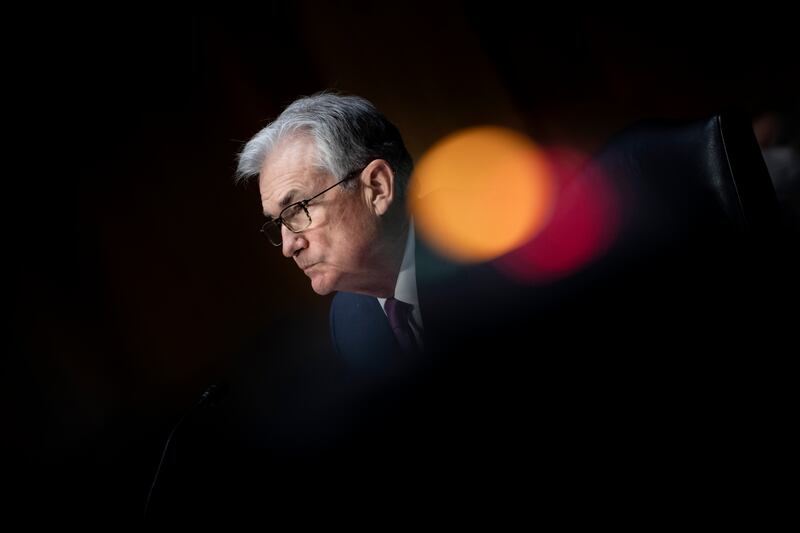Since the start of the year, the market has repriced both the timing and extent of expected rate hikes in the US this year. The yield on the two-year Treasury bond rose almost 33 basis points to 1.06 per cent last week, triggering a decline in US equities, in particular richly valued technology and growth stocks.
The US Federal Reserve is now expected to start raising rates as soon as March and increase the benchmark Fed Funds rate by a full percentage point over the course of 2022. As recently as last December, the forecast was for a half percentage point increase in interest rates in the second half of this year.
The more aggressive path of monetary policy tightening comes despite the surge in global coronavirus cases in recent weeks, which is somewhat counterintuitive as in the past two years increased case numbers have led to slower economic and job growth and a reluctance by policymakers to withdraw support too quickly.
This time is a little different. The US labour market is much stronger now compared with last summer, when the Delta variant was rapidly spreading. Unemployment declined to 3.9 per cent in December, wage growth is running at the fastest pace in nearly two decades and companies are still reporting difficulties in hiring staff.
Labour force participation – the share of the population that is employed or actively looking for work – among prime age workers remains below pre-pandemic levels, but the spread of the Omicron variant may act as an additional deterrent to people returning to the job market in the near term, which may exacerbate upwards pressure on wages.
Meanwhile, US inflation reached 7 per cent in December and looks set to remain elevated through the first half of this year. Energy prices remain high and the spread of the Omicron variant could put further pressure on supply chains.
Moreover, inflationary pressures have become more broad-based, with the core Consumer Price Index, which excludes food and energy prices rising, 5.5 per cent year-on-year in December, up from 4.9 per cent in November. The latest University of Michigan consumer sentiment survey will not have provided much comfort to Fed officials either – long-term inflation expectations rose to 3.1 per cent in January, the highest in more than a decade. While we still expect both headline and core inflation to soften in the second half of 2022, core inflation will remain well above the 2 per cent goal this year.
Fed presidents have sounded a much more hawkish tone in recent weeks, suggesting that inflation is a more meaningful risk to the US economy than Covid-19. President Joe Biden has also provided political cover for rate hikes, saying a recalibration of monetary policy support is “appropriate” to stop inflation becoming entrenched.
Markets will be focused on the meeting of the Federal Open Market Committee on January 26 for further guidance from the central bank on the pace of monetary policy tightening. While Emirates NBD expects the central bank to raise rates four times this year, in quarter point increments from March, there are some risks to this view.
The spread of the Omicron variant in the US could lead to slower growth and softer labour market conditions in the first quarter of 2022. With few new restrictions imposed so far and households in a relatively strong financial position on aggregate, the impact of Omicron on activity will likely be relatively short, with growth rebounding over the course of the year.
Another uncertainty is who will be appointed to fill the three empty seats on the Fed board this year. President Biden has nominated Sarah Raskin, Lisa Cook and Philip Jefferson. If they prove to be more dovish than the FOMC members they replace, it could result in a slower pace of rate hikes, particularly if inflation slows as expected in the latter part of the year.
The clearest upside risk to our view is that inflation remains higher for longer in the second half of 2022. Our baseline view is that base effects (particularly on energy prices) will prove disinflationary, while increased labour force participation and the resolution of supply chain issues will further curb inflation.
If energy prices remain elevated – due to geopolitical issues or lack of supply in the face of robust demand – or Covid-19 policy responses continue to disrupt supply chains and deter people from returning to the job market, then the Fed may need to do more to curb inflationary pressure and inflation expectations. Further tightening in monetary policy later this year could be in the form of a balance sheet reduction in addition to more rate hikes.






